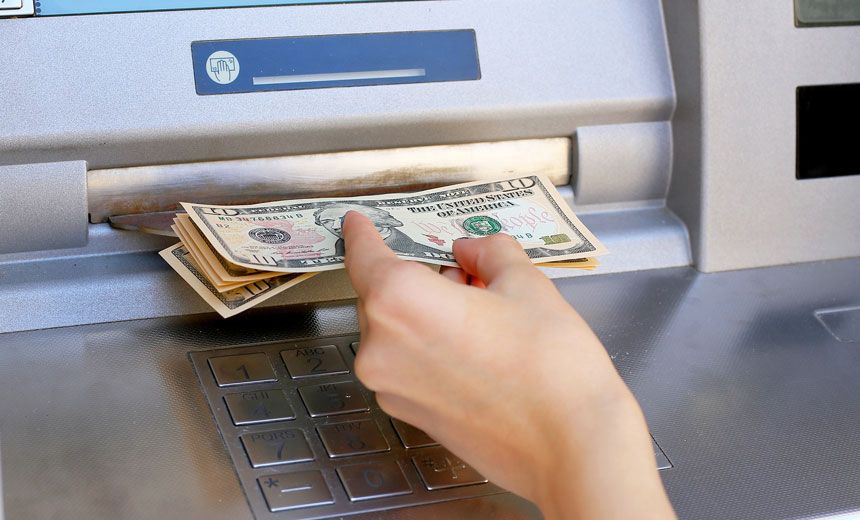Archive for the ‘cybercrime/malcode’ category: Page 181
Aug 26, 2018
It’s time for governments to help their citizens deal with cybersecurity
Posted by Genevieve Klien in categories: business, cybercrime/malcode, government
When it comes to the individual citizen, whose responsibility is it to guard against cybercrime? Research we’ve conducted suggests that governments have a crucial role to play. They need to support individual citizens, as well as businesses, in a more practical and proactive way, to manage this particular society risk.
For instance, they could provide individuals with free face-to-face assistance and cybersecurity support. They could give clear guidelines and provide government sanctioned security software for people to install, and make sure it’s easy to get hold of. New York has recently started providing this kind of support to its residents. Based on our research, we believe there’s scope for all governments, including those in Southern Africa, to do the same.
Aug 24, 2018
Hackers Stole Personal Data of 2 Million T-Mobile Customers
Posted by Genevieve Klien in categories: cybercrime/malcode, finance
T-Mobile disclosed an “incident” in which hackers accessed “some” customers’ personal information—but no financial data or passwords.
Aug 21, 2018
How to Protect Yourself Against a SIM Swap Attack
Posted by Genevieve Klien in category: cybercrime/malcode
Your phone number is increasingly tied to your online identity. You need to do everything possible to protect it.
Aug 19, 2018
Security Experts Warn of New Cyber-Threats to Data Stored in Cloud
Posted by Genevieve Klien in category: cybercrime/malcode
Security experts from the SAN Institute speaking at the 2018 RSA Conference warn that enterprises should not assume that their data assets stored off site in cloud computing platforms are safe from cyber-attackers.
Aug 19, 2018
No Card Required: ‘Black Box’ ATM Attacks Move Into Europe
Posted by Genevieve Klien in categories: business, cybercrime/malcode
Fraudsters are now gingerly testing the waters in central and Western Europe with attacks that drain cash machines of their funds, according to a trade group that studies criminal activity around ATMs.
See Also: How to Combat Targeted Business Email Compromise Attacks
The European Association for Secure Transactions, or EAST, says the attacks, sometimes referred to as “jackpotting,” rose 231 percent in 2017 compared to 2016. Last year, 193 incidents were reported compared to 58 in 2016.
Continue reading “No Card Required: ‘Black Box’ ATM Attacks Move Into Europe” »
Aug 15, 2018
Why US elections remain ‘dangerously vulnerable’ to cyber-attacks
Posted by John Gallagher in category: cybercrime/malcode
Officials have dragged their feet on updating machines and securing data – and a climate of fear could undermine voter confidence.
Aug 11, 2018
The Wild Inner Workings of a Billion-Dollar Hacking Group
Posted by Derick Lee in categories: business, cybercrime/malcode
THE FIN7 HACKING group has leeched, by at least one estimate, well over a billion dollars from companies around the world. In the United States alone, Fin7 has stolen more than 15 million credit card numbers from over 3,600 business locations. On Wednesday, the Justice Department revealed that it had arrested three alleged members of the group—and even more important, detailed how it operates.
The Justice Department announced the arrest of three members of notorious cybercrime group Fin7—and detailed some of their methods in the process.
Aug 10, 2018
DeepLocker demonstrates how AI can create a new breed of malware
Posted by Genevieve Klien in categories: cybercrime/malcode, robotics/AI
According to Marc Ph. Stoecklin, principal research scientist at IBM Research, DeepLocker is a “new breed of highly targeted and evasive attack tools powered by AI.”
DeepLocker was designed in an attempt to improve understanding of how AI models can be combined with malware techniques to create a “new breed of malware,” Stoecklin explained in a post. This new type of malware can disguise its intent until it reaches an intended victim, which could be determined by taking advantage of facial recognition, geolocation, and voice recognition.
“The DeepLocker class of malware stands in stark contrast to existing evasion techniques used by malware seen in the wild. While many malware variants try to hide their presence and malicious intent, none are as effective at doing so as DeepLocker,” Stoecklin wrote.
Continue reading “DeepLocker demonstrates how AI can create a new breed of malware” »
Jul 20, 2018
Team suggests a way to protect autonomous grids from potentially crippling GPS spoofing attacks
Posted by Bill Kemp in categories: biotech/medical, cybercrime/malcode, drones, engineering, internet, robotics/AI
Not long ago, getting a virus was about the worst thing computer users could expect in terms of system vulnerability. But in our current age of hyper-connectedness and the emerging Internet of Things, that’s no longer the case. With connectivity, a new principle has emerged, one of universal concern to those who work in the area of systems control, like João Hespanha, a professor in the departments of Electrical and Computer Engineering, and Mechanical Engineering at UC Santa Barbara. That law says, essentially, that the more complex and connected a system is, the more susceptible it is to disruptive cyber-attacks.
“It is about something much different than your regular computer virus,” Hespanha said. “It is more about cyber physical systems—systems in which computers are connected to physical elements. That could be robots, drones, smart appliances, or infrastructure systems such as those used to distribute energy and water.”
In a paper titled “Distributed Estimation of Power System Oscillation Modes under Attacks on GPS Clocks,” published this month in the journal IEEE Transactions on Instrumentation and Measurement, Hespanha and co-author Yongqiang Wang (a former UCSB postdoctoral research and now a faculty member at Clemson University) suggest a new method for protecting the increasingly complex and connected power grid from attack.

















